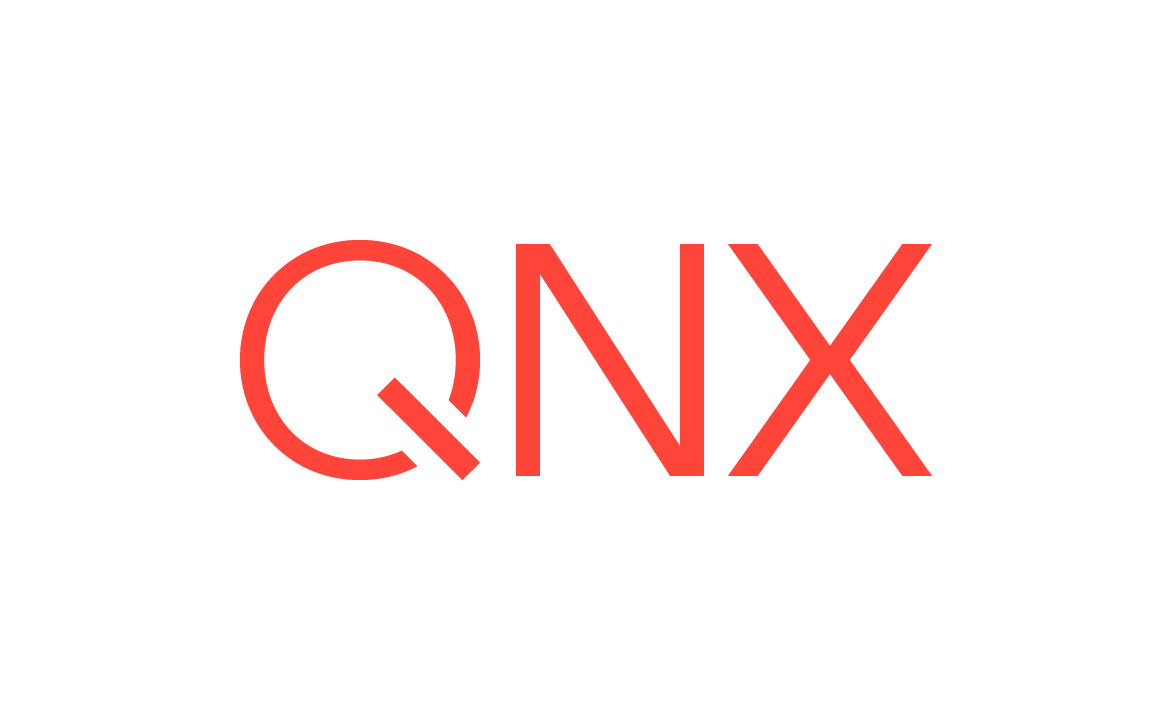Image Filesystem (IFS)
When the IPL has completed its work, it copies a bootable OS image into RAM and jumps to it to continue execution.
- the startup program (which is longer required after the IFS starts execution)
- the OS kernel
- the build scripts
- any other drivers, applications, and binaries that the system initially requires
Combining multiple image filesin the OS Images chapter, and the Boot Optimization Guide.
IFS copy and decompression
Drivers and applications that may be needed later but are not required at the outset
may be included in the IFS, or left out and started at another time by a mechanism
such as the SLM service (see System Launch and Monitor (SLM)
).
The time needed to copy the IFS into RAM varies according to the IFS contents (and hence, size). It is usually the longest part of the kernel boot process. In extreme cases, where the system contains a very large image and has no filesystem other than the IFS, this stage can take several seconds.
You can reduce the time required for this phase of the boot process, albeit indirectly, by reducing the IFS size and writing a simple script that loads and launches applications and services at a later time. For more information on reducing the time it takes to boot, see the Boot Optimization Guide.
To add, remove, or configure files stored in the IFS, edit the buildfile, or use the
system builder tool in the IDE (see Boot scripts
in this chapter and the OS Image Buildfiles chapter).
You can also compress the OS image to make the IFS smaller. A compressed image adds to the boot time because of the time needed for decompression, but you can reduce this time by enabling the cache in the IPL. Whatever strategy you choose, you should experiment to discover which technique provides optimal performance, as you define it for your system.
